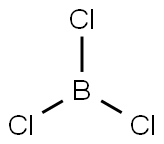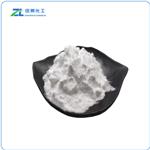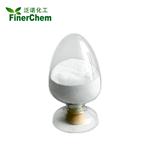Chemical Properties
Hydrazine monohydrochloride is white to slightly beige crystals or cryst. powder; melts at 93°C; decomposes around 200°C; very soluble in water (37 g/100mL at 20°C); slightly soluble in alcohol.
Physical properties
White flakes; orthorhombic crystals; density 1.5 g/cm
3; melts at 93°C;decomposes around 200°C; very soluble in water (37 g/100mL at 20°C); slightly soluble in alcohol.
Uses
Hydrazine hydrochloride is used to prepare other hydrazine derivatives.
Uses
Hydrazine monohydrochloride has been used:
- as catalyst in the synthesis of titanium oxide polymers via catalytic sol-gel process
- in fabrication of amorphous titanium dioxide (TiO2) thin films exhibiting high refractive indices and high transparency
- in preparation of ethyl 3-ethoxy-1H-pyrazole-4-carboxylate
Preparation
Hydrazine hydrochloride is prepared by the reaction of hydrazine with hydrogen chloride:
N2H4 + HCl → N2H4 •HCl
Hazard
Hydrazine hydrochloride is moderately toxic by all routes of exposure. Theoral LD50in mice is 126 mg/kg.
Purification Methods
Prepare it by dropwise addition of cold conc HCl to cold liquid hydrazine in equimolar amounts. The crystals are harvested from water and are twice recrystallised from absolute MeOH and dried under a vacuum. [Kovack et al. J Am Chem Soc 107 7360 1985.]
Toxicity evaluation
Hydrazine hydrochloride is moderately toxic by all routes of exposure. The oral LD50 in mice is 126 mg/kg.










